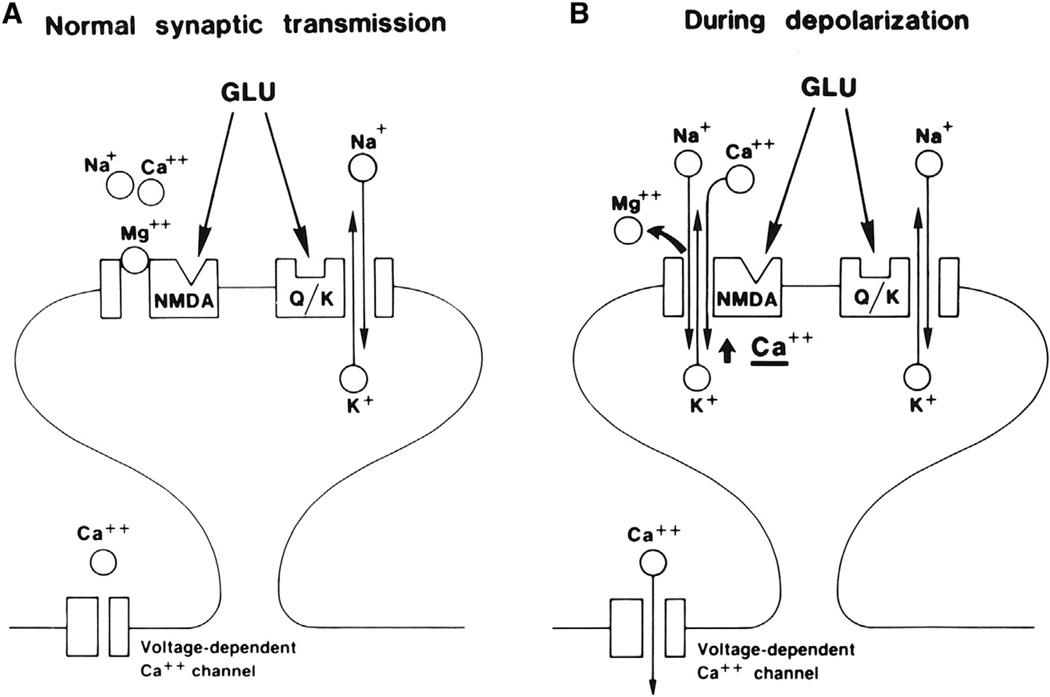Figure 1. Model Published in 1988 for the Mechanism of Induction of LTP in the CA1 Region of the Hippocampus.
(A) The events occurring during low-frequency synaptic transmission. Glutamate is released from the presynaptic terminal and acts on both the NMDA and the Q/K type of receptors (now called AMPA Receptors). Na+ and K+ flow through the Q/K receptor channel, but not through the NMDA receptor channel, due to Mg+2 block of this channel.
(B) The events occurring when the postsynaptic membrane is depolarized, as would occur during a high-frequency tetanus. The depolarization relieves the Mg+2 block of the NMDA channel, allowing Na+, K+, and most importantly Ca+2 to flow through the channel. The rise in Ca+2 in the dendritic spines is proposed to provide a trigger for subsequent events leading to LTP. Depolarization would also open voltage-dependent Ca+2 channels on the dendritic shafts, but this source of Ca+2 does not have access to the spine. It is important to note that this model includes only events involved in the induction of LTP and not in its maintenance (taken from Nicoll et al., 1988).

